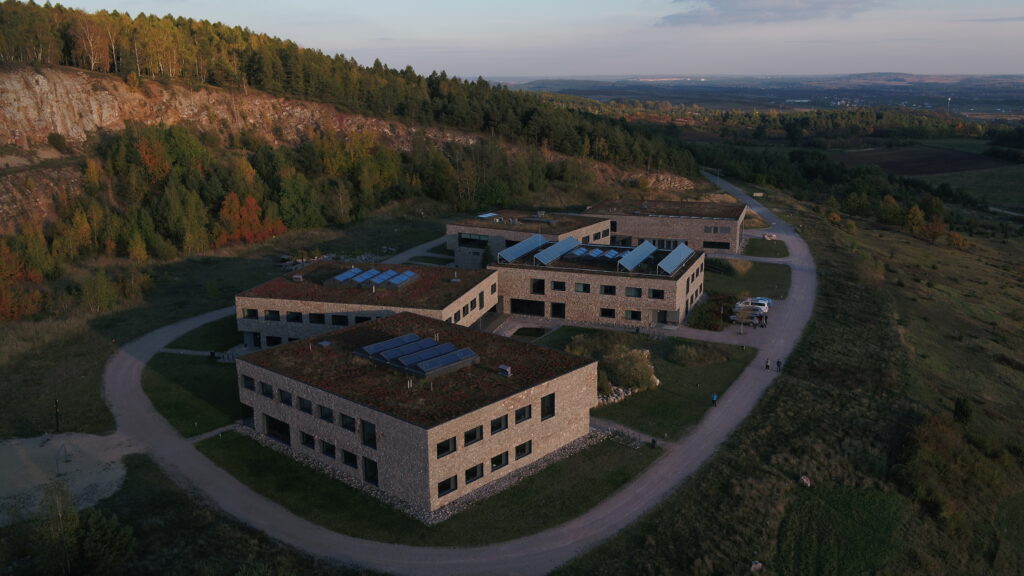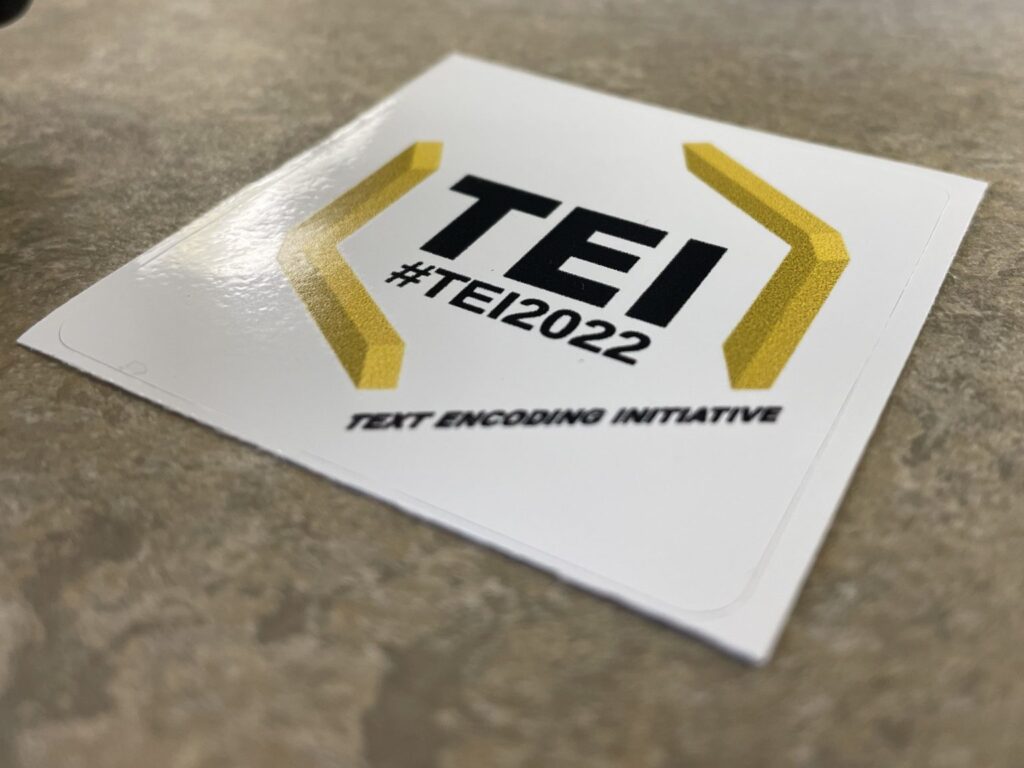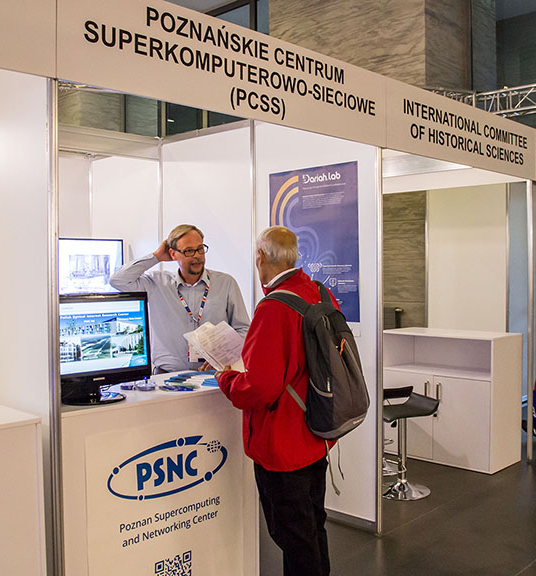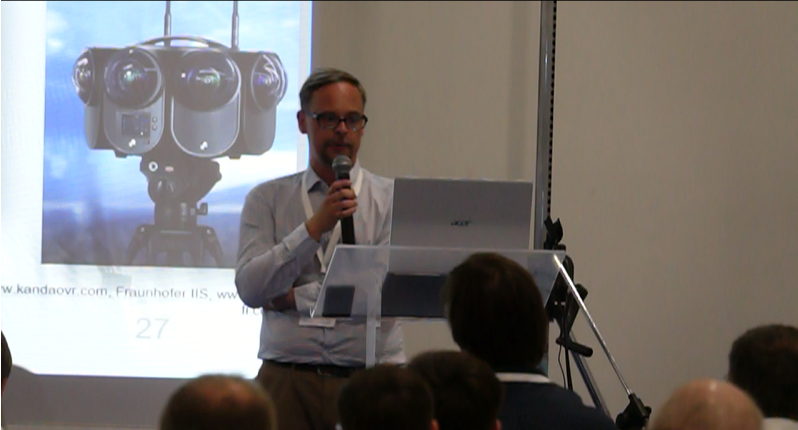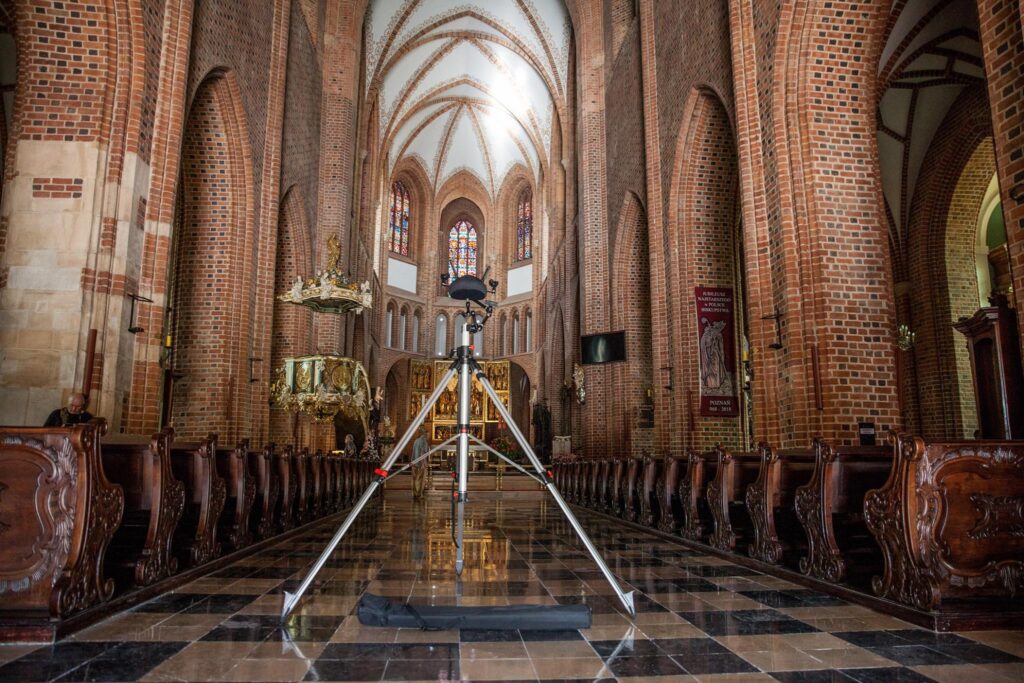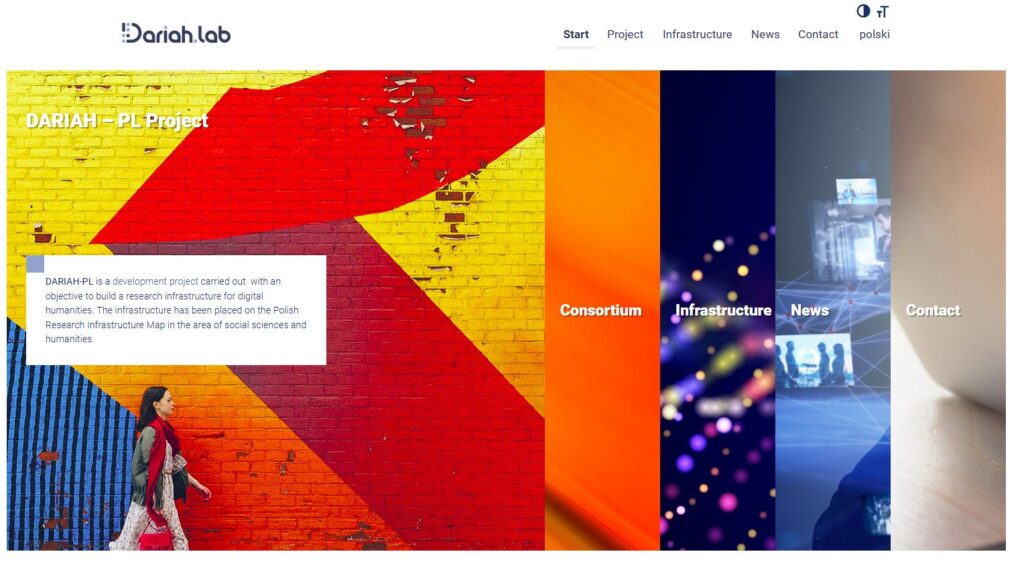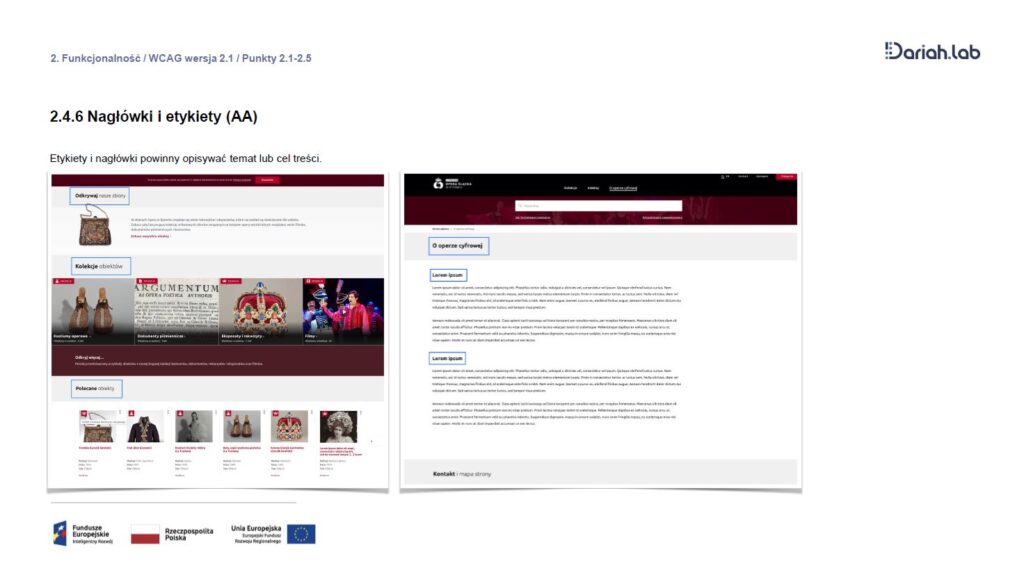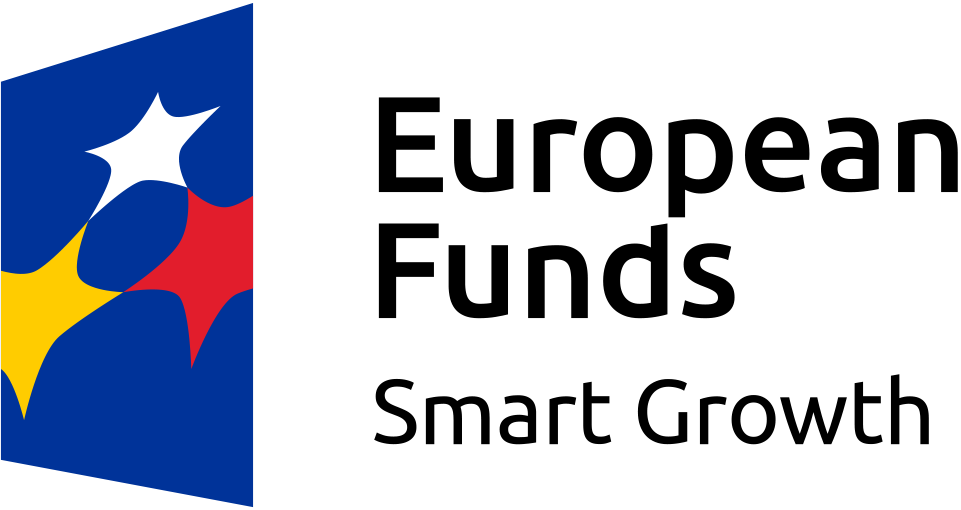
Aktualność
Dariah.lab Laboratory Coordinators Meeting
On December 1-2, 2022, coordinators of all Dariah.lab laboratories was held at PSNC in CBPIO. The purpose of the meeting was to summarize work results for each of the five laboratories, to discuss plans for the final year of the project, in particular integration of the solutions developed in the project, and to begin efforts to formulate so called workflows.

Workflow is a scenario for executing a task using different components of the infrastructure, located in different laboratories, to achieve a specific goal. The scenarios will be examples of the use of Dariah.pl and, at the same time, a form of documentation of the infrastructure, showing its potential. They can also serve as examples of so-called “best practices” for conducting research in a given area of digital humanities.

